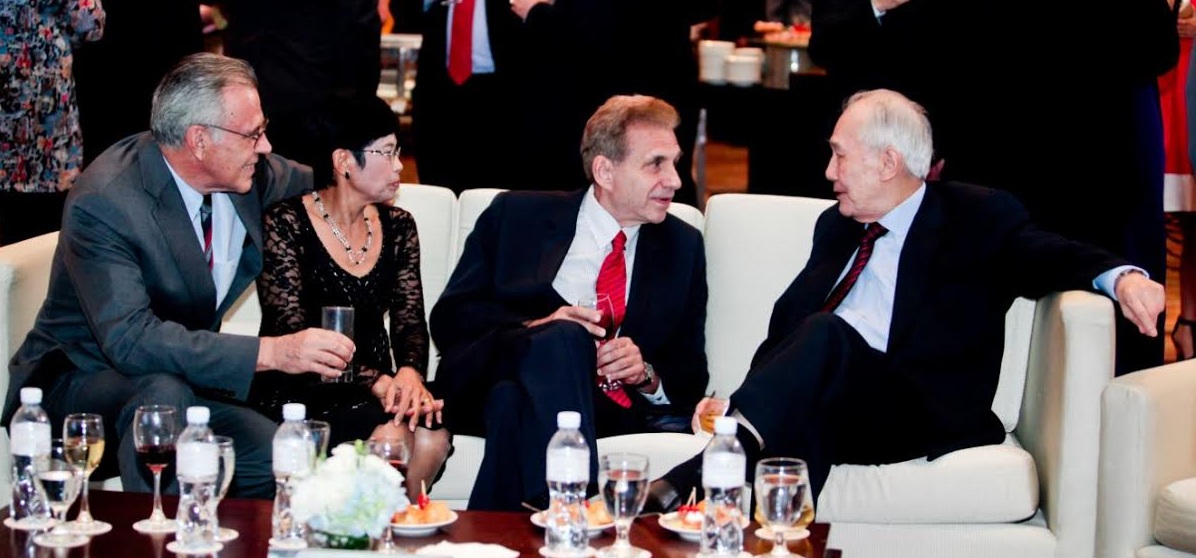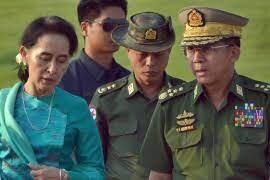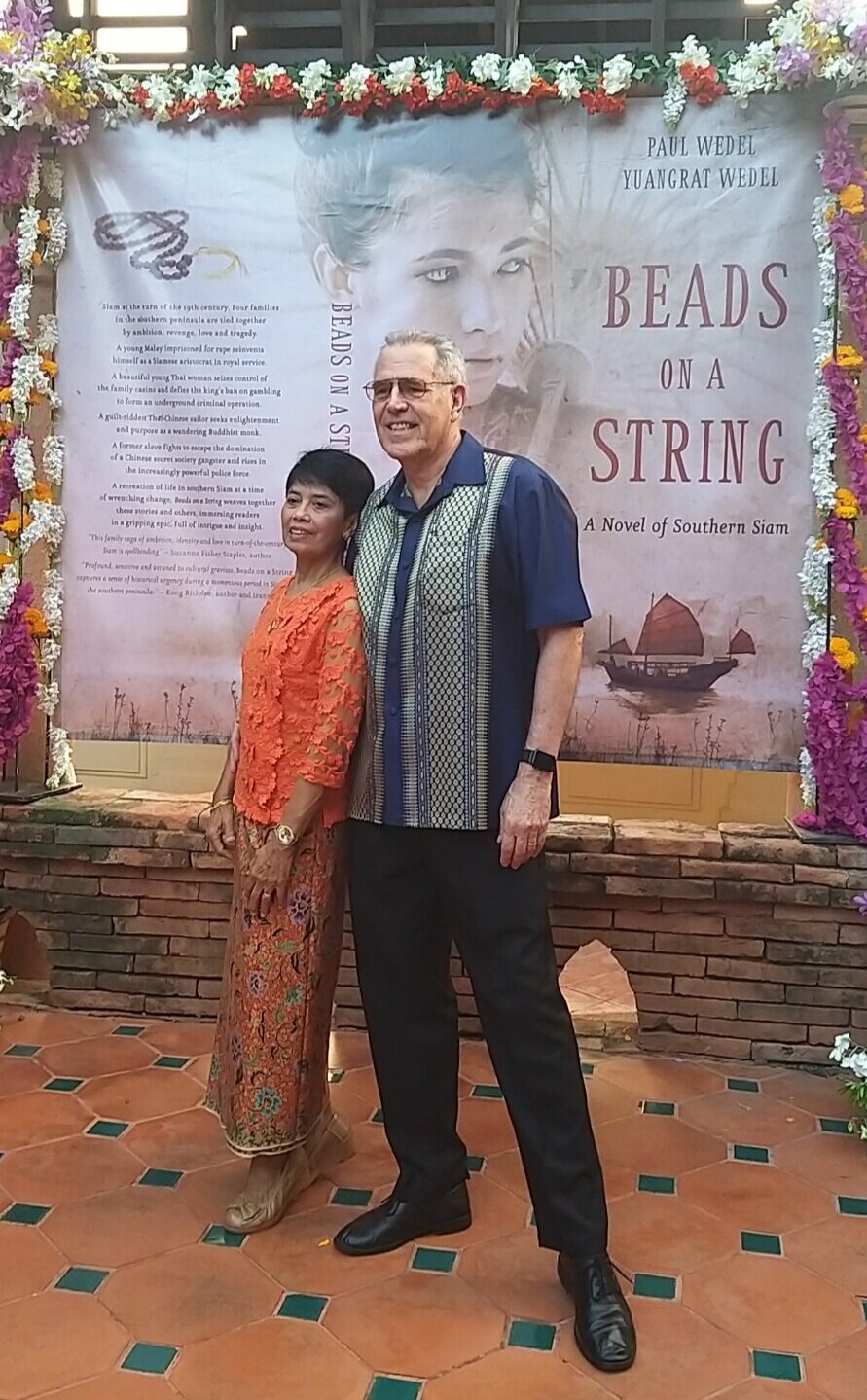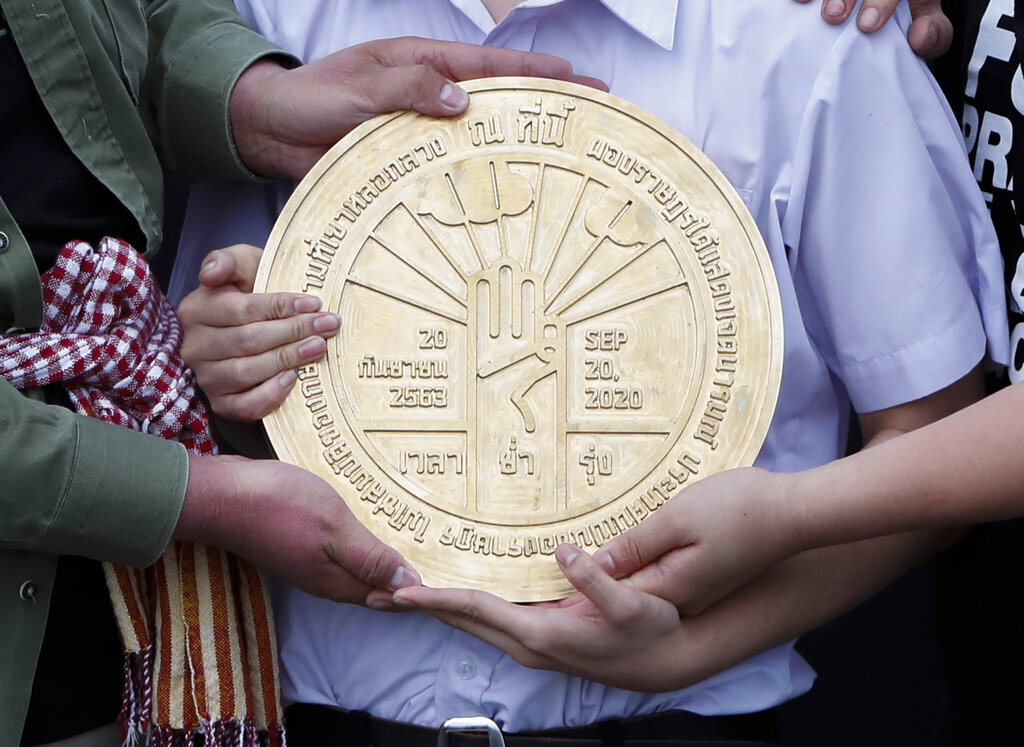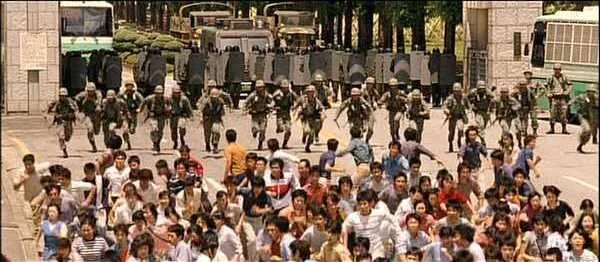The Thai government is once again struggling to establish a consistent and enforceable policy on gambling, hoping to win big on tourists, revenue, and jobs. This is the latest twist in more than a century of shifting approaches to games of chance.
The changes could come in a law under consideration to establish “Entertainment Complexes.” Casino gambling will be the main profit engine driving these complexes. Allowing gambling has aroused both support and condemnation, continuing the controversy that has surrounded gambling in Thailand since the 19th century. Researching our historical novels, “Beads on a String” and “Dark Karma” we took a detailed look at the Thai love-hate relationship with gambling.
Gambling: A Thai Tradition
Gambling scene in the late 18th century from the book Thai Society, the reign of King Rama V - Fine Arts Department
Dating back more than two centuries, casinos, along with brothels and opium dens, were popular entertainment places in many towns. In the villages, people bet enthusiastically on rural games such as buffalo races, Thai boxing, and fights between bulls, cocks, fish and even crickets. For much of Thai history, gambling was an integral part of Thai culture. The arrival of large numbers of Chinese immigrants only widened the array of gambling games and increased the number of gamblers. A lottery, known in Chinese as the “Huai,” was officially established in 1835 as a way to extract revenue from the migrants who were not taxed or subject to the corvee labor system.
Regulating Gambling
Facing the threat of colonization in the late 19th century, however, the Siamese government sought to show the colonial powers that the country was “civilized,” and that gambling, along with other popular vices, was under control. At the same time, the cost of reforming the administration and modernizing the country created a need for new sources of funding.
In 1902, the government brought most types of gambling under official control. The initial intent was not to suppress gambling, but, as in the current “entertainment complex” plans, to steer the flow of gambling money into government coffers. Casino concessions were farmed out to the highest bidders, usually Chinese businessmen. Under these profit-minded entrepreneurs, state gambling revenues reached an all-time high in 1906.
Shutting Down Gambling Dens
Concerns about the loyalty of the southern provinces led the government to order a reduction in the number of casino concessions permitted in the south. Under High Commissioner Chaophraya Yommarat, the casinos in Monthon Nakhon Srithammarat were the first to be shut down. Exceptions, however, were made for gambling on key holidays. Casino operators had to pay for licenses for such holiday gambling. Former casino concession owners used these exceptions and their understanding of the business to establish underground gambling dens.
For the rising middle class and newly aggressive newspapers, gambling was a social ill that broke up families and pushed gambling addicts into poverty. Newspaper editorials and sharp political cartoons excoriated the fluctuating and confusing gambling regulations. The government responded by ending the Huai lottery in 1916, and withdrawing the last of the gambling concessions the following year.
Making gambling illegal opened opportunities for criminal gangs, as shown in our tale, “Dark Karma.” It also provided lucrative payoffs for police and other officials but nothing for the state treasury. The state hungered for its piece of the gambling pie. In the Sixth Reign, several official or semi-official lotteries were authorized to raise funds for various laudable purposes: to construct a navy ship, to finance the Red Cross, to buy arms for the Wild Tiger Corps, and to support other royal projects. In 1917 a lottery financed the Siamese forces sent to fight in Europe. After a dozen years in which government policy fluctuated, the Gambling Act of 1930 officially outlawed almost all types of gambling.
Seeing the Benefits of Gambling
Following the coup that ended the traditional monarchy in 1932, gambling policy changed again. The leaders of the People’s Party (Khana Raat) saw gambling as a way to generate enthusiasm for democracy, legalizing betting on the annual “Constitution Celebration Day.” In 1934, a lottery generated revenue needed to cover a shortfall in government finances. A year later, the government amended the 1930 act to allow a long list of gambling games—if licensed by the Interior Ministry.
Ceramic betting tokens used in Thai gambling dens. They often had Chinese characters.
After another military coup in 1938, the regime of Prime Minister Pibulsongkhram used gambling as a means of promoting the “modern attitudes” he espoused. The Pibulsongkhram government opened a casino in 1939 in the resort town of Hua Hin, but soon had to shut it down due to mismanagement.
In 1945, to raise funds to recover from the war, the government of Prime Minister Khuang Aphaiwong opened casinos in Bangkok and five other provinces. Newspaper reports of the casinos leading gamblers to financial ruin and even suicide, however, led the government to close them down after less than three months.
The Desire to Gamble
Since then, government policy has banned casino gambling but allowed betting on horse racing and the government lottery. It has become clear that these two gambling operations fail to satisfy the Thai thirst for the thrill of a bet or the government's need for revenue. Illegal casinos, underground lotteries, and online betting have blossomed, lining the pockets of criminals and corrupt officials but contributing nothing to state coffers.
In his classic novel “Four Reigns,” M.R. Kukrit Pramoj presents this dialog between his main character Ploi, and her husband:
“Gambling places were allowed at one time,” Ploi said. “Then they were banned, and if you got caught, you could be sent to jail. Now they’re back to being legal and respectable again. Why, Khun Luang? What’s the reason for the change? Which government was right, which wrong?”
“The world turns and turns, Mae Ploi. The pendulum swings. Let us enjoy our roast duck.”
Now, yet another turn, another swing of the gambling pendulum, is on the way.
Our historical novels “Beads on a String” and “Dark Karma” give vivid accounts of gambling in southern Siam more than a century ago. They are available on the River Books website and on Amazon.com.




